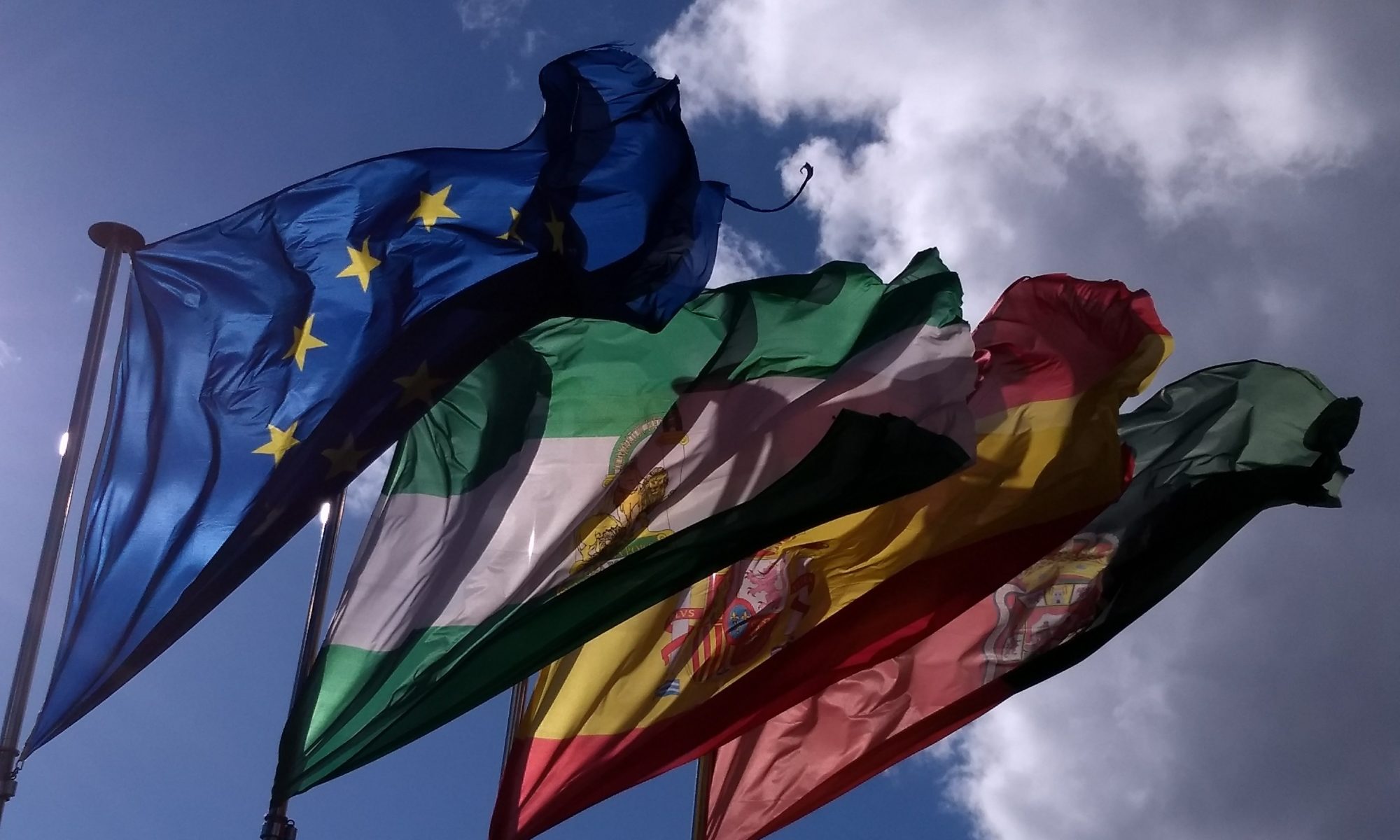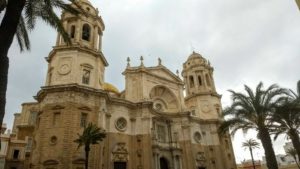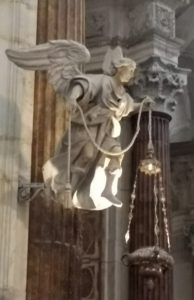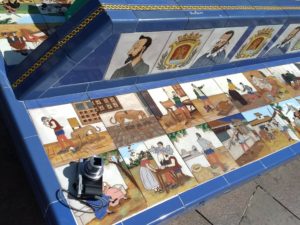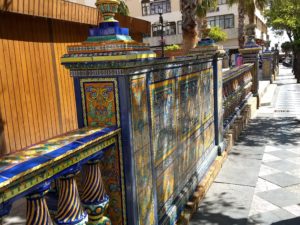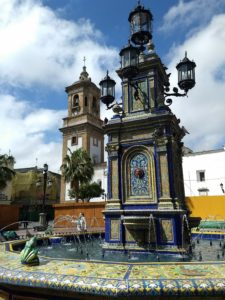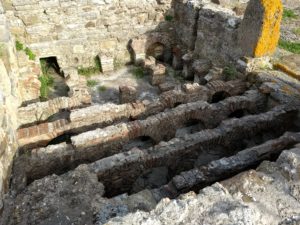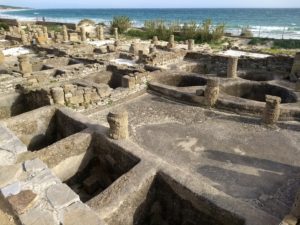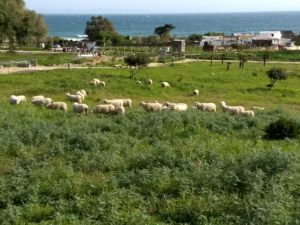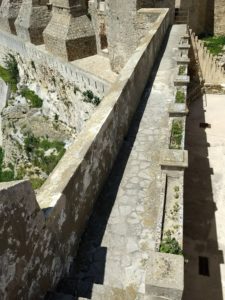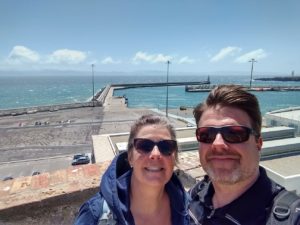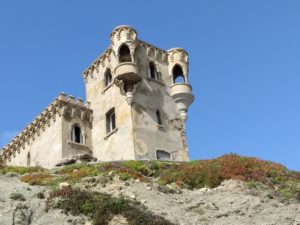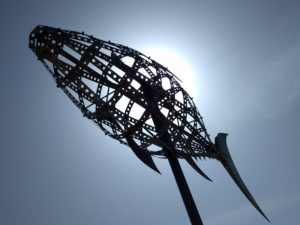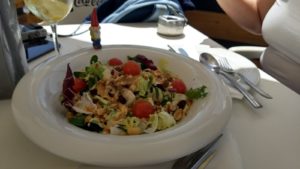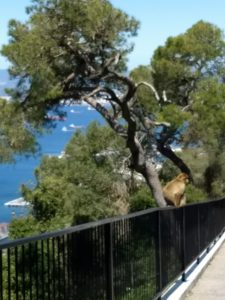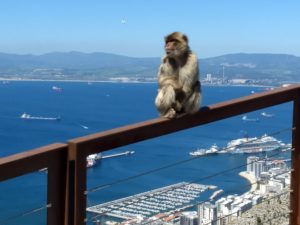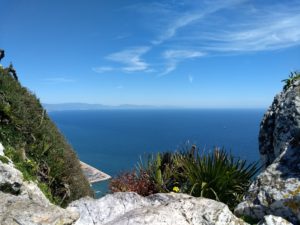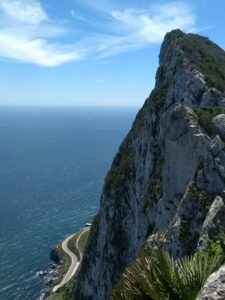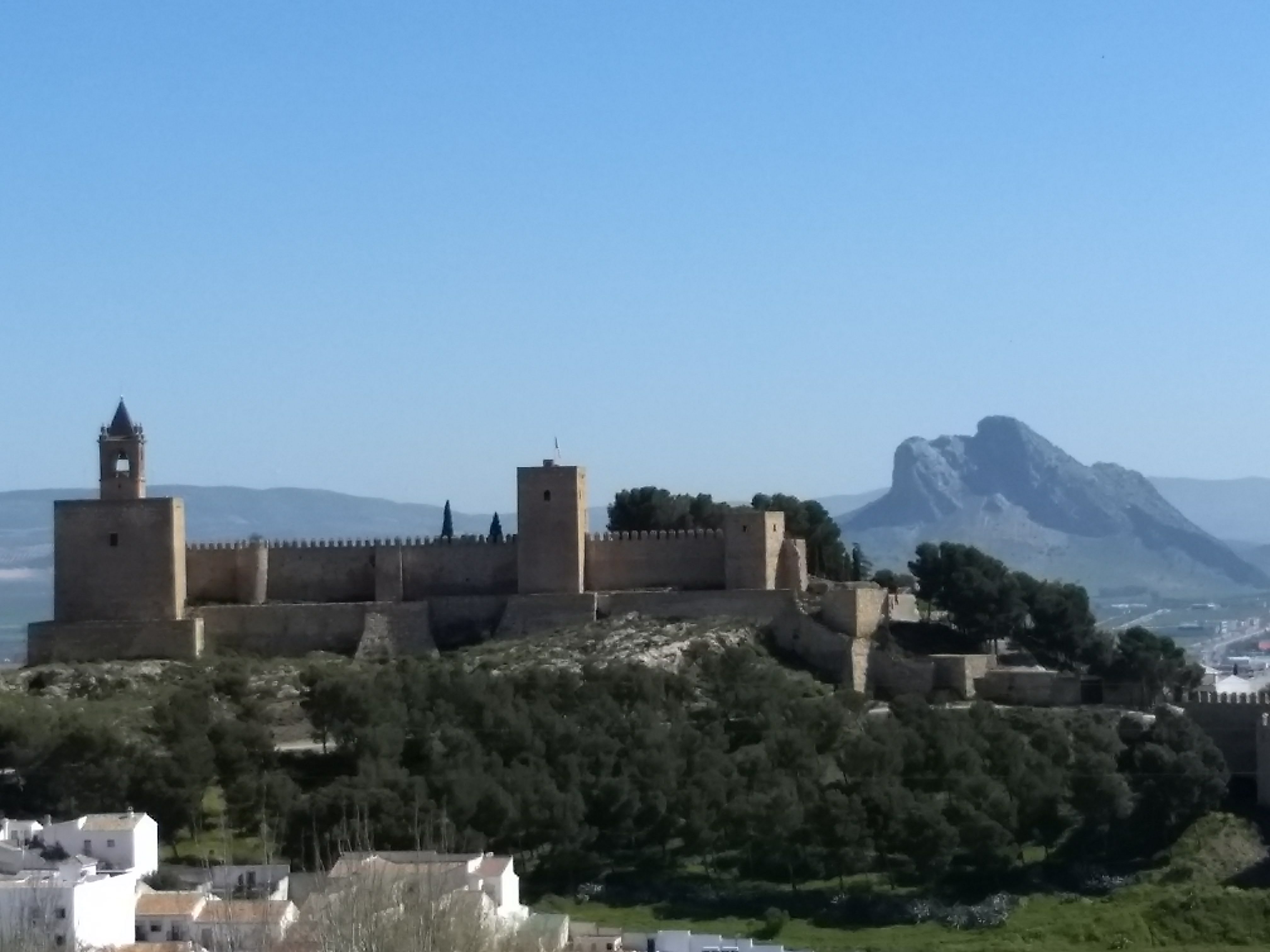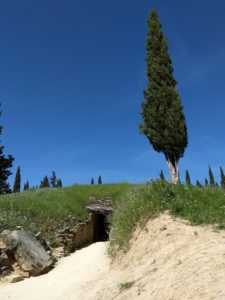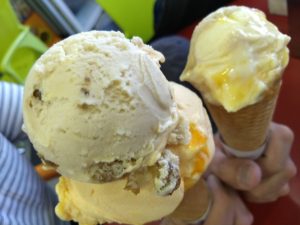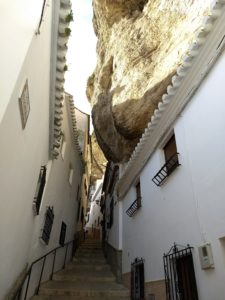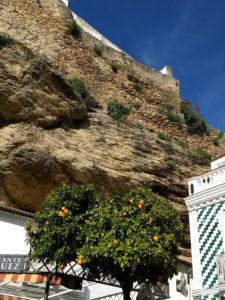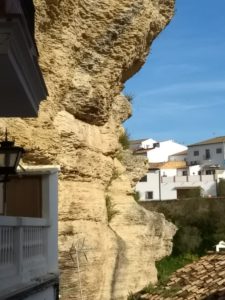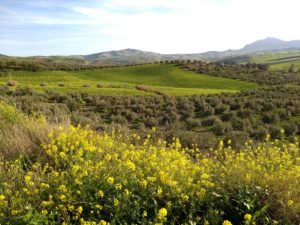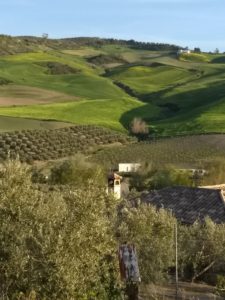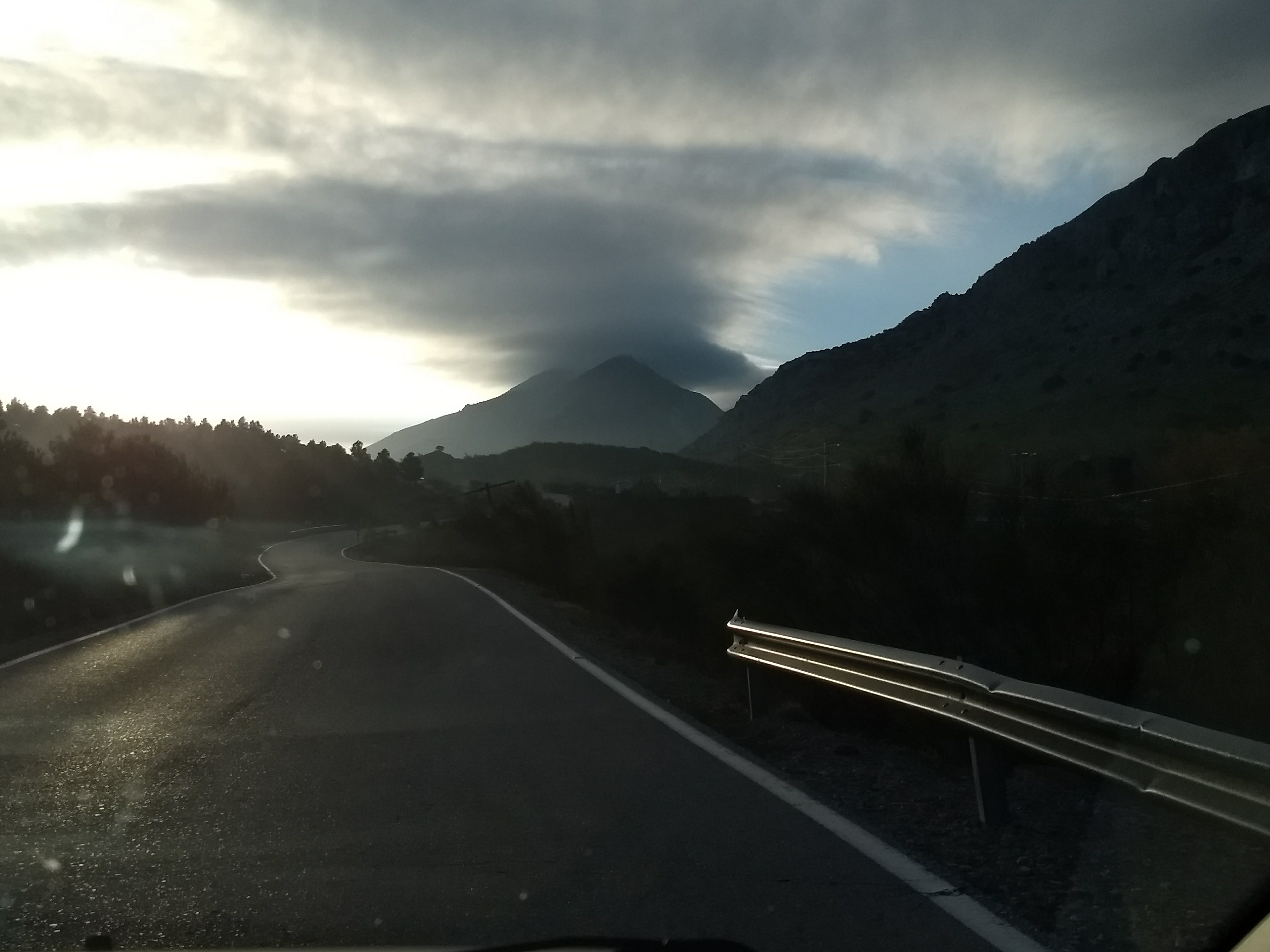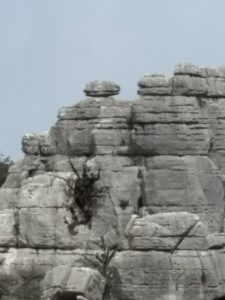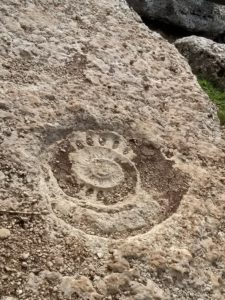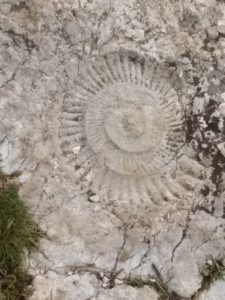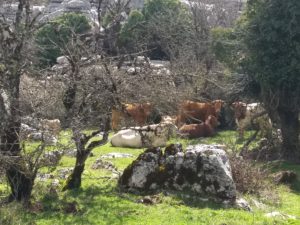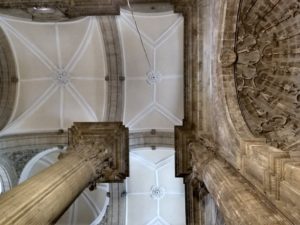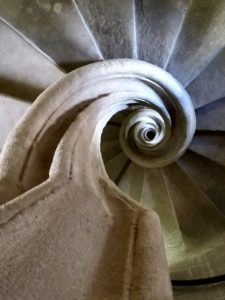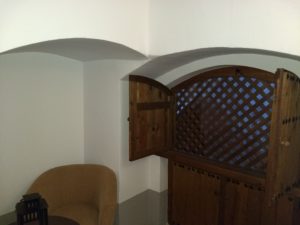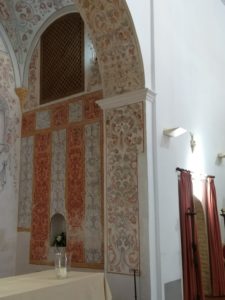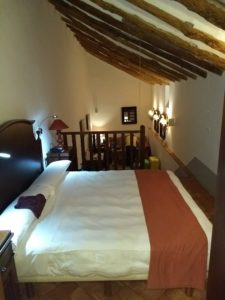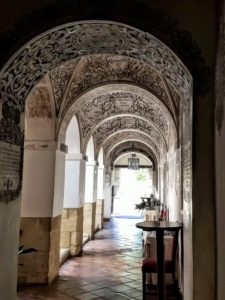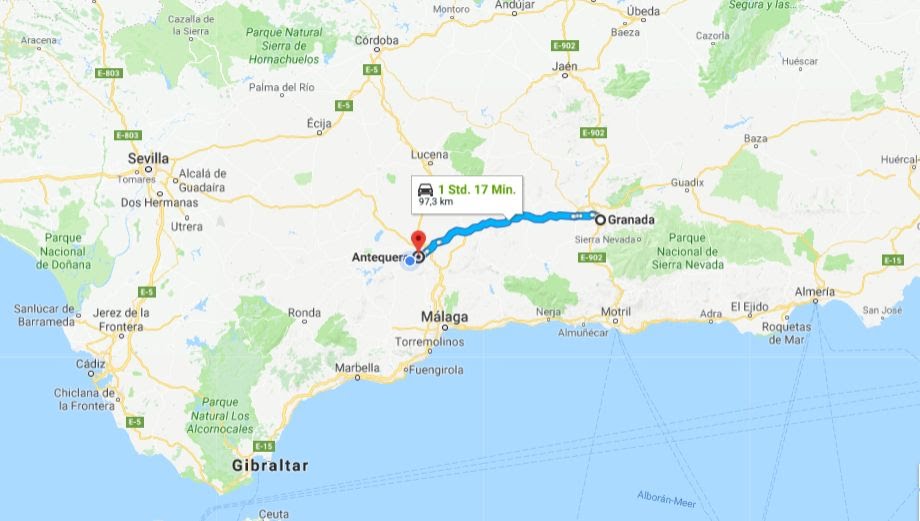
„Der Atlantik und der Wind bestimmen das Klima in Cádiz“ beschreibt Wikipedia diese praktisch komplett von Wasser umgebene Stadt ganz im Südwesten Spaniens. Oh ja, das können wir bestätigen! Mit dem Alvia Talgo Hochgeschwindigkeitszug („patito – Entlein“) fahren wir von Puerto de Santa Maria nach Cádiz. Entspannt.
„The Atlantic and the wind determines the weather in Cádiz“ is how wikipedia describes this city that is almost completely enclosed in water in the southwestern part of Spain. Oh yes, we can confirm that. We take the Alvia Talgo high speed train (nickname „Duckling“) from Puerto de Santa María to Cádiz. Relaxed.
Cádiz selbst bezeichnet sich gern als älteste Stadt Europas, deren Gründer, so die Sage, Herkules war. Die Geschichte belehrt uns eines Besseren – die Phönizier gründeten die Stadt 1100 v.Chr., die später auch von Römern und Mauren besetzt wurde und nach der Reconquista, der Rückeroberung, erblühte. Columbus, der 1493 zu seiner zweiten Reise nach Amerika von Cádiz aufbrach, versprach den Leuten Reichtum und Berühmtheit durch Schätze aus der Neuen Welt. Bis heute ist Cádiz ein zentraler Ort für Handel und Logistik geblieben.
Cádiz calls itself the oldest city in Europe and the legend says it was founded by Hercules himself. History says something different, the Phoenicians settled here in 1100 BC, later the Romans and the Moors conquered and held the city and it had its golden age after the discovery of America. Columbus, who started his third journey to America from here, promised fame and fortune from the New World’s wealth. Even today Cádiz is an important trade and logistics center.
Wir besuchen die Kathedrale mit den goldgelben Kacheln auf ihrer Kuppel und den Torre Tavira, einen ehemaligen Wachturm aus dem 18 Jht., in welcher heute eine sog. Camera obscura installiert ist.
We visit the Cathedral, that was very visibly built with two types of sandstone and has golden tiles on its cuppola and Torre Tavira, a watchtower from the 1th century that now nouses a Camara Obscura.
